8 Most Gruesome Hellraiser Stories Told Outside the Movies

Thirty years later, Hellraiser is continuing to prove its lasting cultural legacy. With a ninth film having just been shot, a new series of comic anthologies and even a novel on the way early next year, the mythology is continuing to expand, just as it has for years, and is showing no signs of slowing down any time soon. Even though Clive Barker sought to end Pinhead’s story in 2015—on the page, just as it began—with The Scarlet Gospels, the world of Hellraiser has continued to live on. To their credit, New World Pictures recognized that they had a hit on their hands with that original feature film, deciding to move ahead with a sequel before the original was even released.
Said sequel, Hellbound: Hellraiser II, opened up that world exponentially and clearly captured the imaginations of fans and artists all across the globe. Marvel’s adult imprint, Epic, picked up the rights to a Hellraiser comic book just after the sequel’s release in 1988 with Clive Barker’s enthusiastic stamp of approval. Those early comic stories offered extremely varied takes on the puzzle box, its openers and especially its inhabitants. Creators from Neil Gaiman to Lana Wachowski to Mike Mignola and John Bolton cut their teeth on those gruesome, often poetic interpretations of Barker’s Hell.
Since then, we’ve seen everything from a Pinhead spin-off comic, a Nightbreed crossover, a Christmas special, a short story collection, a new group of comics in 2011 and the recent Hellraiser: Anthology comics from Clive Barker’s own company, Seraphim. From comics to novels, short stories, audio dramas and more, Hellraiser has proven its popularity and creative potential beyond simply being a series of films. It has taken its place as a cultural myth, something that can be told and interpreted in any number of ways. And, occasionally, they’ve proven to be even more gruesome than their cinematic companions.
“Sister Cilice”
Barbie Wilde’s short story from the Hellbound Hearts anthology is one of the major standouts of that collection. It’s no surprise, of course, as Wilde played the Female Cenobite in Hellraiser II. She clearly knows what it’s like to spend time in a Cenobite’s skin. This story, in fact, serves as an origin for her character. And it’s both one of the best stories in the book as well as one of the most disturbing. Sister Cilice is a nun and a masochist, she craves darker pleasures and gets her wish granted in the form of the Cenobites.
This is a messy, viscera-soaked, disturbing story that’s also lurid and steamy in a way that would make Barker proud. Above all, it’s a great addition to the overall mythology, expanding on the briefest glimpse of this Cenobite’s human form shown in Hellraiser II.
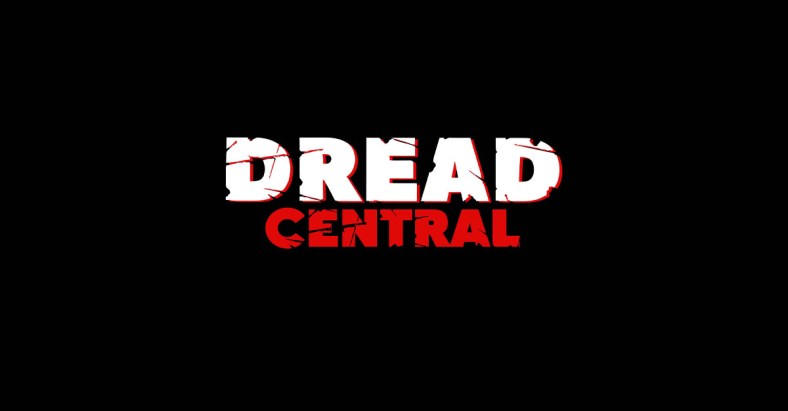
“Songs of Metal and Flesh”
As Pinhead notes in Hellraiser III, “there is a secret song at the center of the world, and its sound is like razors through flesh.” This comic story is brought to us by the man who wrote that line, as well as the scripts for Hellraiser 2-4 in general. Peter Atkins knows the world of Hellraiser inside and out. This story focuses on a blind musician who’s a slave to his other senses—especially sound and touch. He can’t get enough of physical sensation, anything to keep him from slipping back into an empty, silent void.
A musical prodigy, his girlfriend and jealous rival take to securing razor blades to his piano to destroy his hands and stop his amazing musical career before it starts. Without music, he begins an obsessive search to regain that sensation that, as Hellraiser fans surely know by now, only ever ends one way.
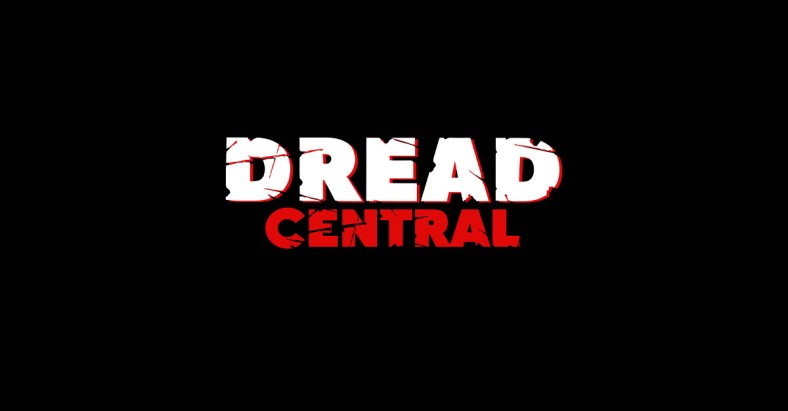
“The Canons of Pain”
Set in France during the Crusades, this story comes from the very first issue of the original comic series. After slaughtering Pagans defending a temple and finding only a single puzzle box inside of it, a French Lord returns home unsatisfied. Unable to understand what it means, he brings it to the monks, hoping they can make some sense of it, but they offer no help. He solves it and is taken to Hell by a Cenobite that his wife mistakenly believes to be Satan. Telling this to the monks, they believe that if they can summon Satan again, they can trap him and vanquish his evil once and for all. It goes about as well as you’d expect.
This one is a great lead-in to the comics, as it’s a gorgeous, grotesque short illustrated perfectly by John Bolton. Being set in the 14th century was a great way for the first Hellraiser comic story to let readers know it would truly be exploring every dark corner of the world Barker created.
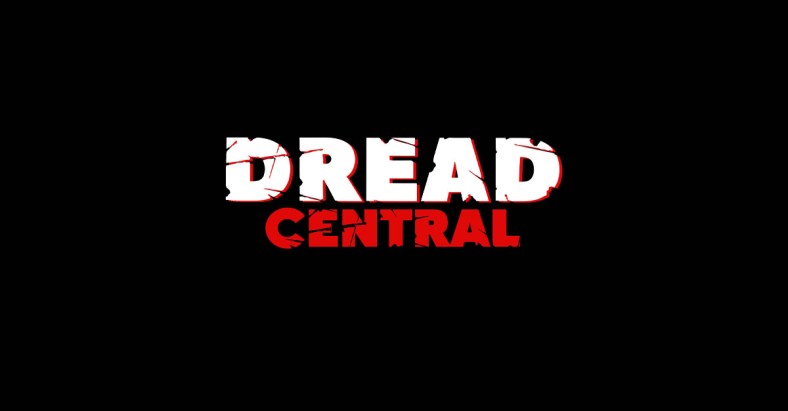
“At the Tolling of a Bell”
This free prelude to the 2011 comic series is one of the only standalone stories from that entire run. That series abandoned the anthology format of previous Hellraiser comics to tell one ongoing narrative about Pinhead’s quest to free himself from the confines of Hell and seek a replacement to serve as Hell’s Priest in his place—which he finds in none other than Kirsty Cotton.
This short-but-sweet opening chapter finds Pinhead torturing a priest who had just condemned an innocent man to death, not because the man was innocent, but because Pinhead is in the mood to debate theology with the priest while also removing his face. It’s a nice little story that clearly sets up Pinhead’s motivations moving into the series.
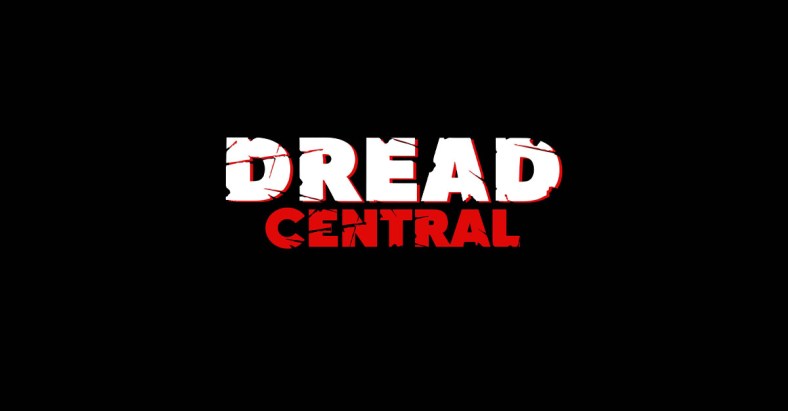
“Diver’s Hands”
Another story from the original comic series, “Diver’s Hands” focuses on a man suffering leprosy and, in particular, his relationship with his caregiver. It also introduces a new Cenobite to the mythology, one that would go on to make several comic appearances, a stick-thin entity known as Hunger. It’s interesting to start a Hellraiser story with someone who is already dying—even already looks like a corpse, as the narrator frequently points out.
While Hellraiser has always had its roots in body horror, this one feels more intimate, about the decay of one’s own body in a way bearing more similarities to Cronenberg’s The Fly.

“The Warm Red”
Illustrated by Bernie Wrightson, this story centers on an older woman, a real-estate mogul, seducing a younger man to coerce him into selling his farm. What she doesn’t know, of course, is that this simple farmer named Brian has worked out a deal with a Cenobite. He sacrifices women to Hell so he can keep his reserved, quiet livelihood. And he’s all prepared to deliver yet another victim into Hell’s grasp before she intervenes and convinces the Cenobite that she’d be much better at the job.
This Cenobite, Face, would also make several further appearances in the comics. In fact, his origin chapter even suggests he may be none other than the man of a thousand faces, Lon Chaney.
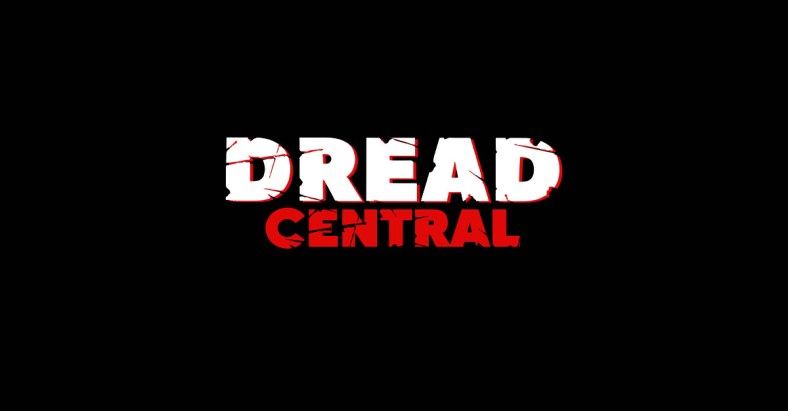 The Hellbound Heart
The Hellbound Heart
The original source material might bear some stark differences to the film—the Cenobites we see here have their similarities, but these ones all speak and this Pinhead is clearly androgynous—but the story itself is mostly the same. It’s as gruesome as the movie, but it also goes to places that an R-rated feature simply can’t. This book was clearly written by a young Clive Barker still reveling in the gruesome, perverse, often gleefully gore-soaked antics of The Books of Blood.
Julia’s murders are a bit more severe here, and you certainly won’t find anything in the film like the Female Cenobite sitting naked on a pile of severed heads, taunting Frank as he’s being driven insane by sensory overload. Even if it’s an obvious pick, it’s one of Barker’s most disturbing nonetheless.
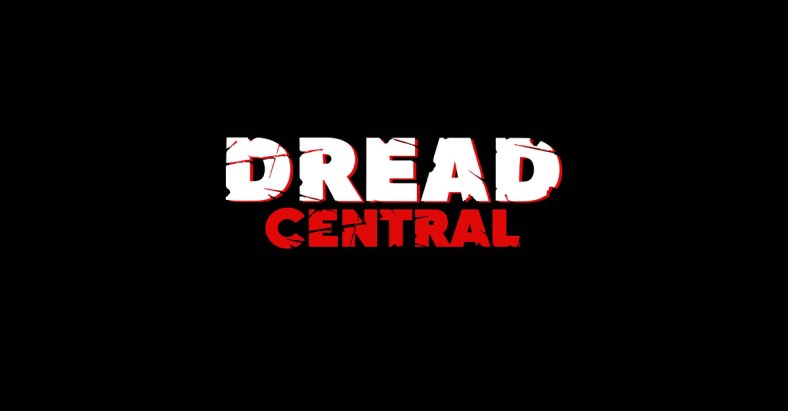 The Scarlet Gospels
The Scarlet Gospels
The original Hellraiser’s tagline promises “There are no limits” and The Scarlet Gospels does its very best to deliver on that promise. This pushes everything to the extreme. It makes sense. It’s Barker’s swan song for Pinhead and for his version of Hell, which he truly explores for the first time here. It’s also his first out-and-out horror novel in thirty years, since The Damnation Game. This is a bleak, messy, disturbing book. It’s about Pinhead’s journey to, ultimately, find any sense of true purpose or meaning in his continued existence, spiraling into a search for power that ultimately ends in his own downfall—which is an admittedly organic ending for his character.
Priest though he is, even Hell itself has never been enough for him, and its rules—though he’s tried largely to obey—are at odds with his more curious nature. This is easily one of the most gruesome things Barker’s ever written. It—at times literally—wallows in filth. Whatever can be expunged from the human body is splattered across these pages. Because of that, I’m sure a film adaptation is completely out of the question, especially due to the budget that would be required to bring this expansive vision of Hell to life.
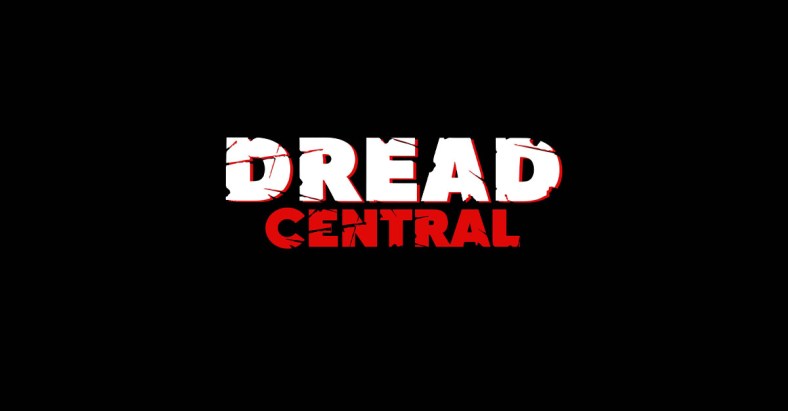
Categorized:Lists

